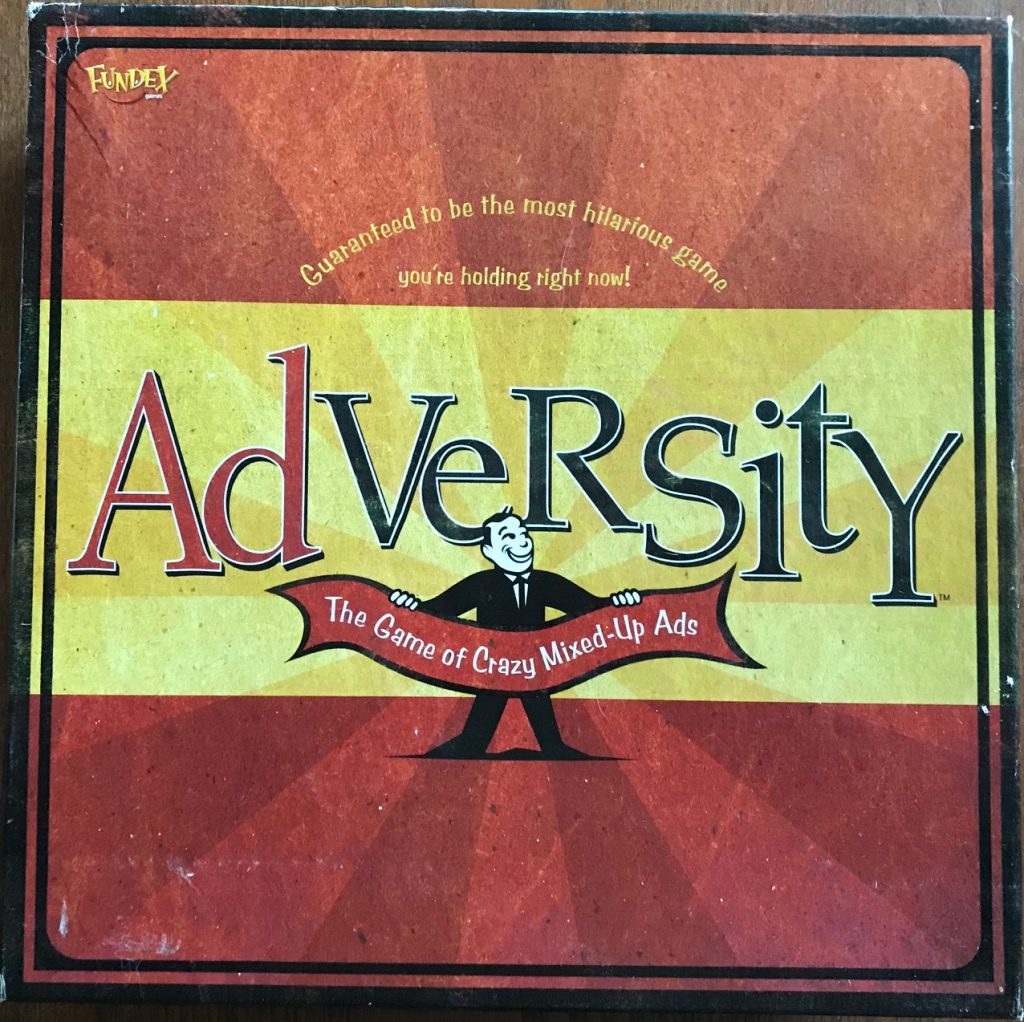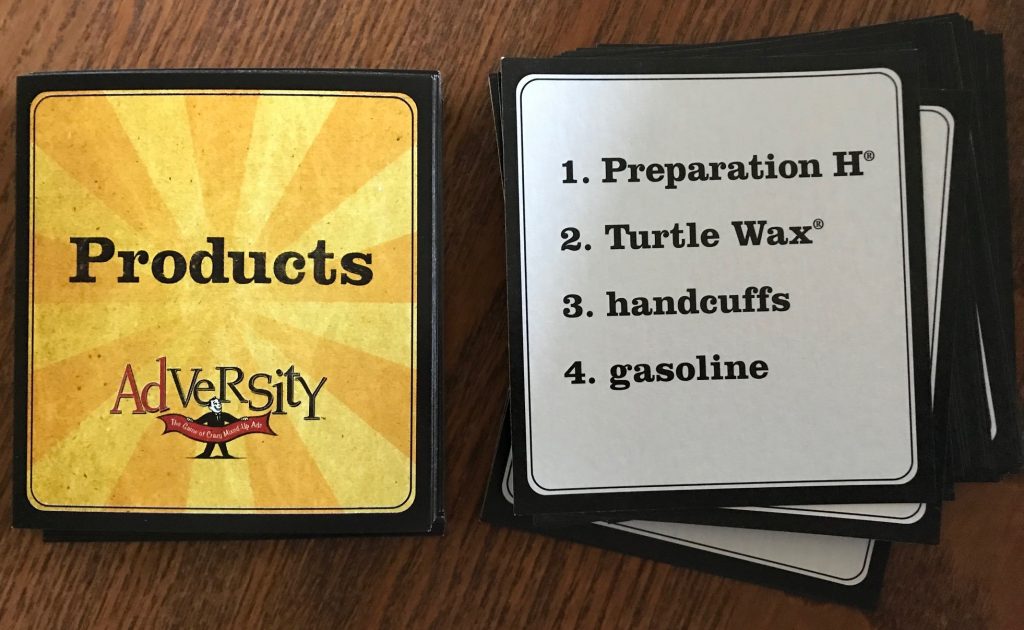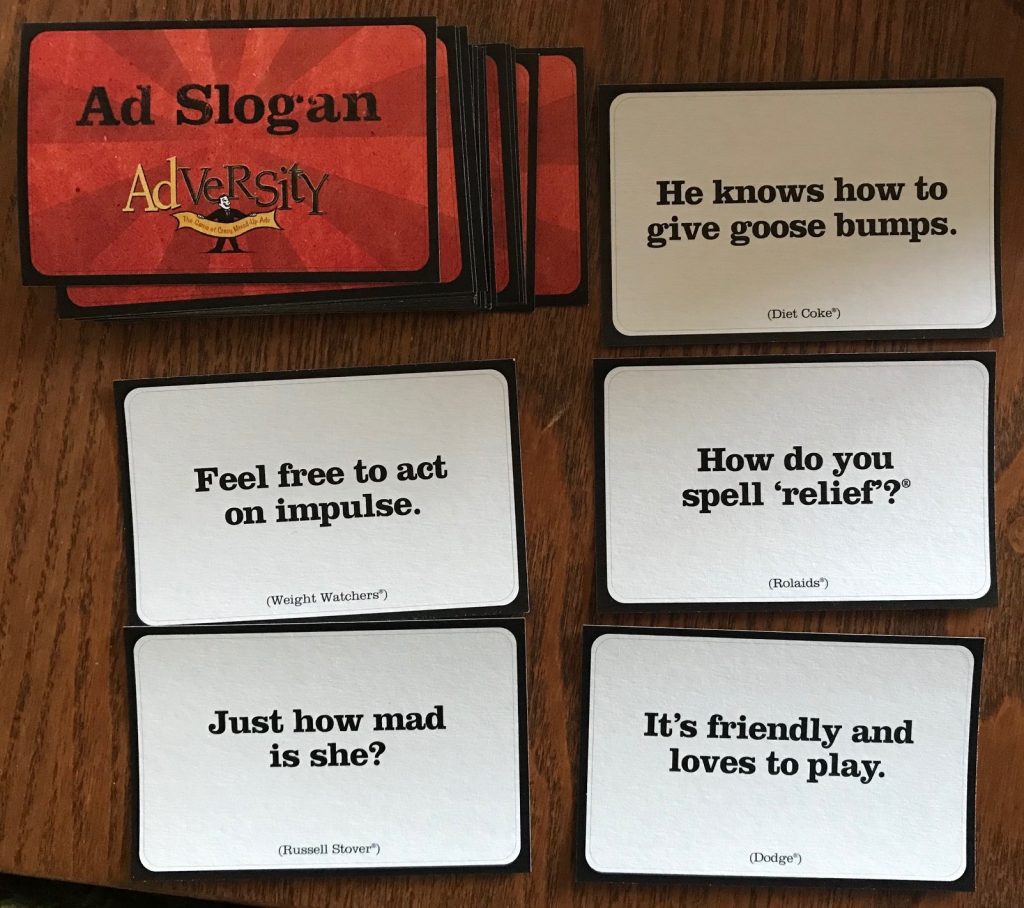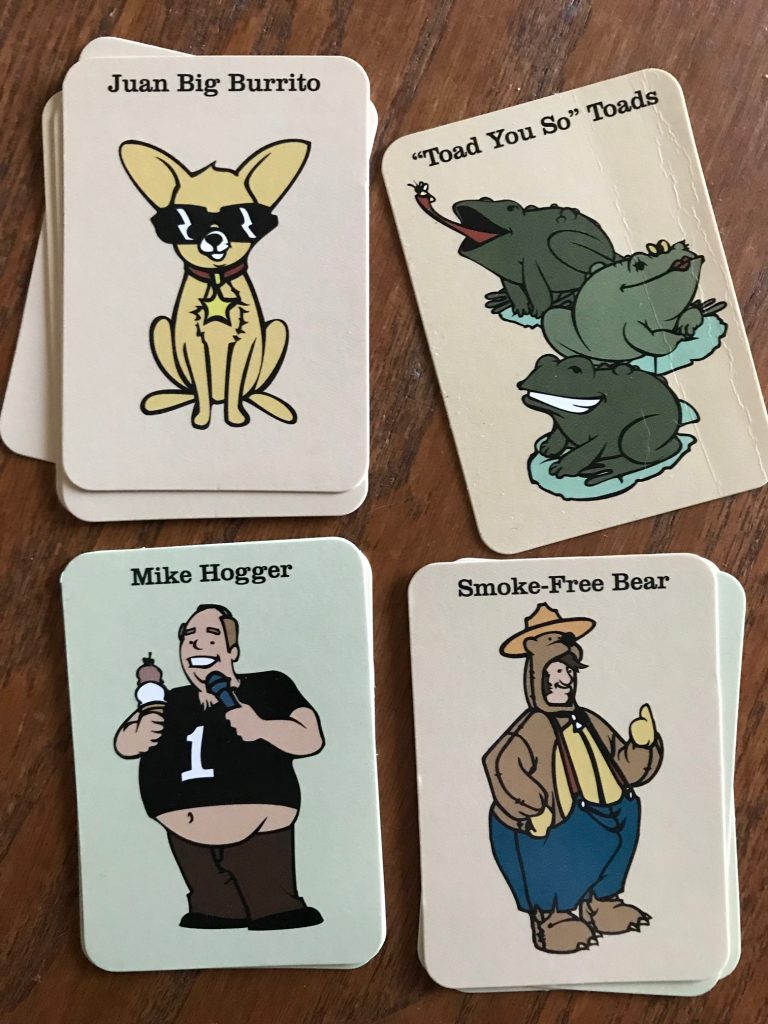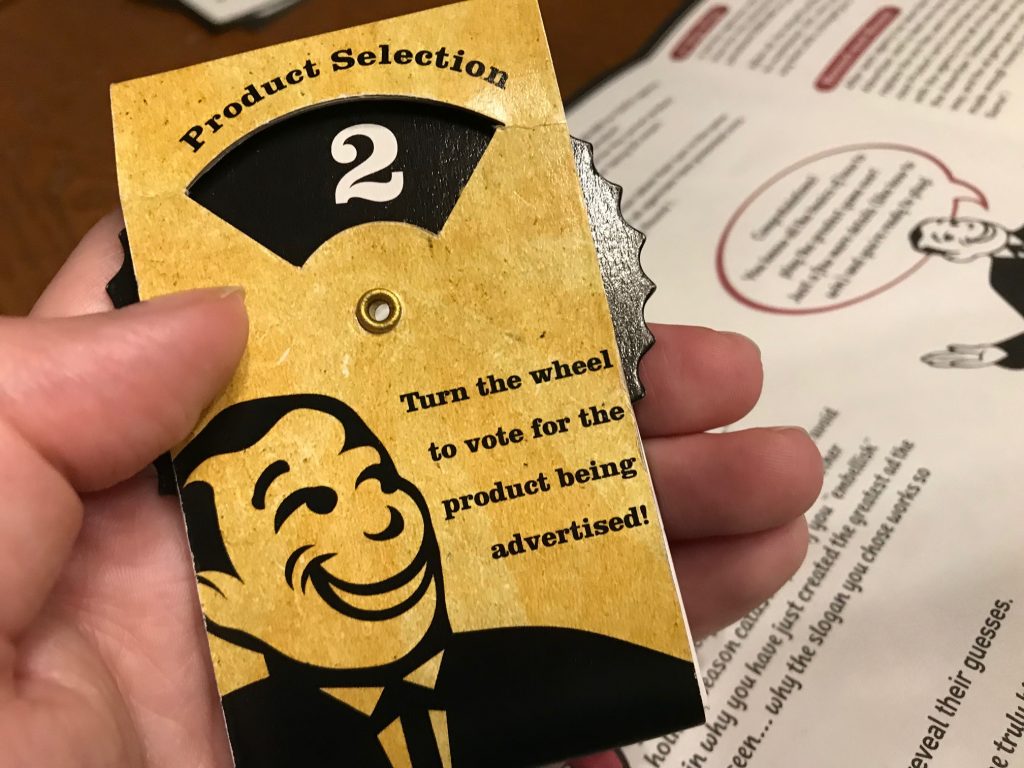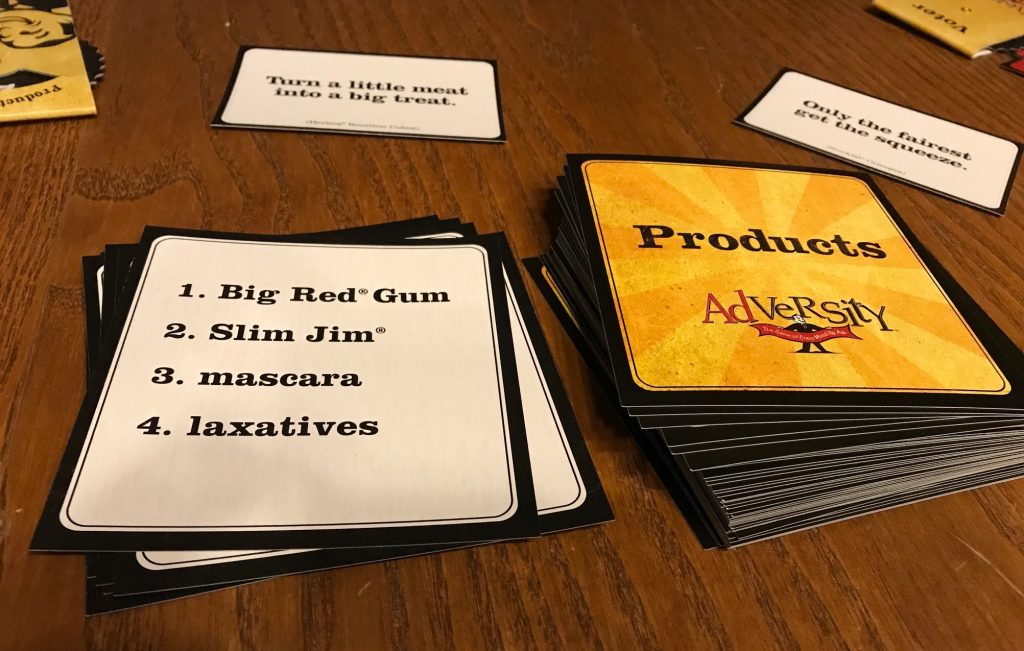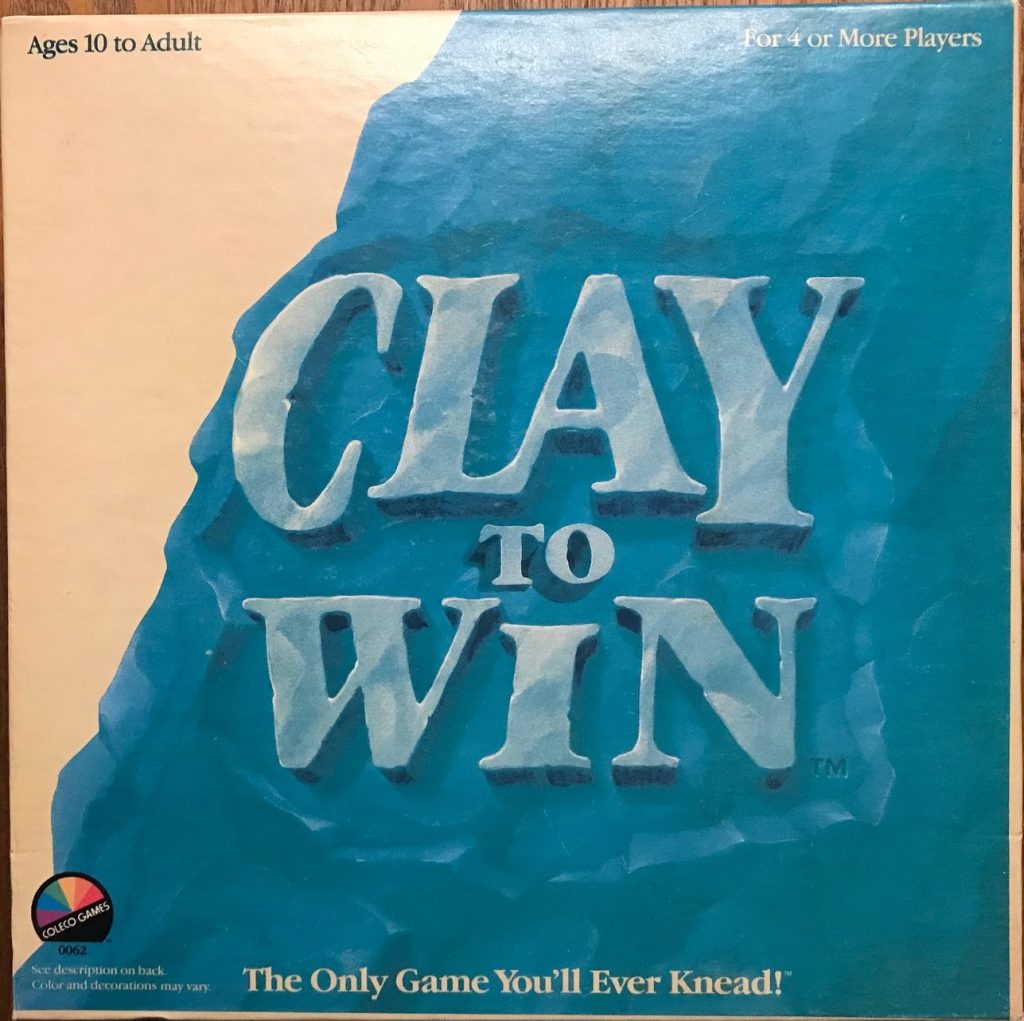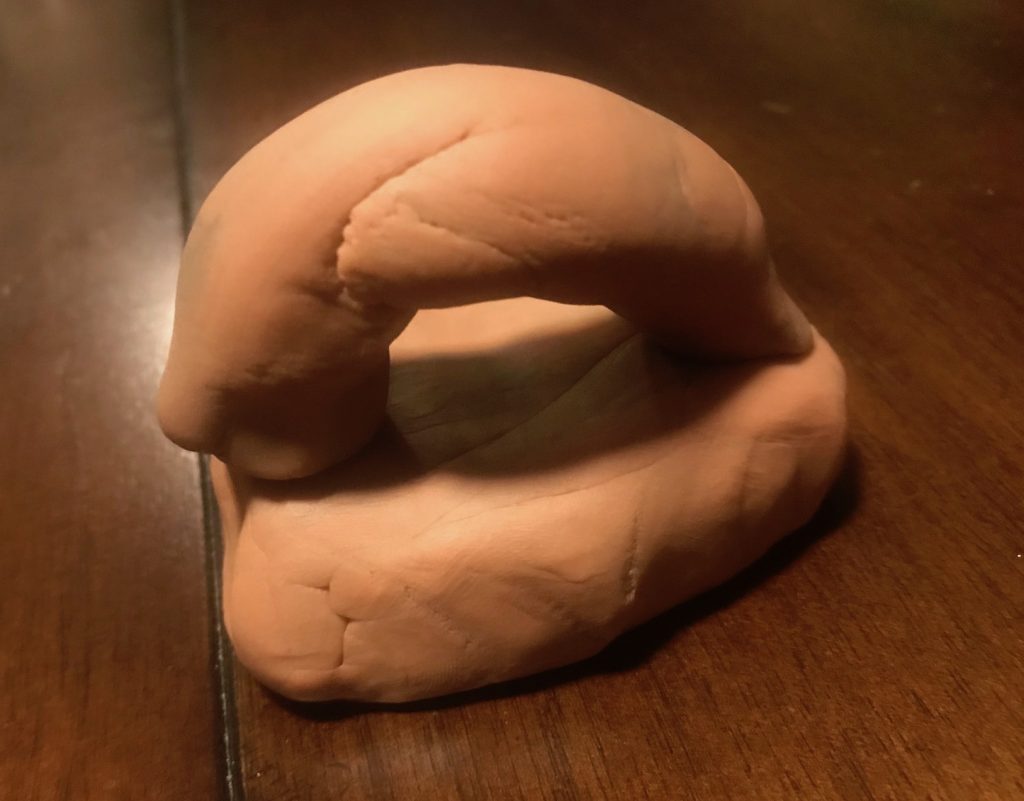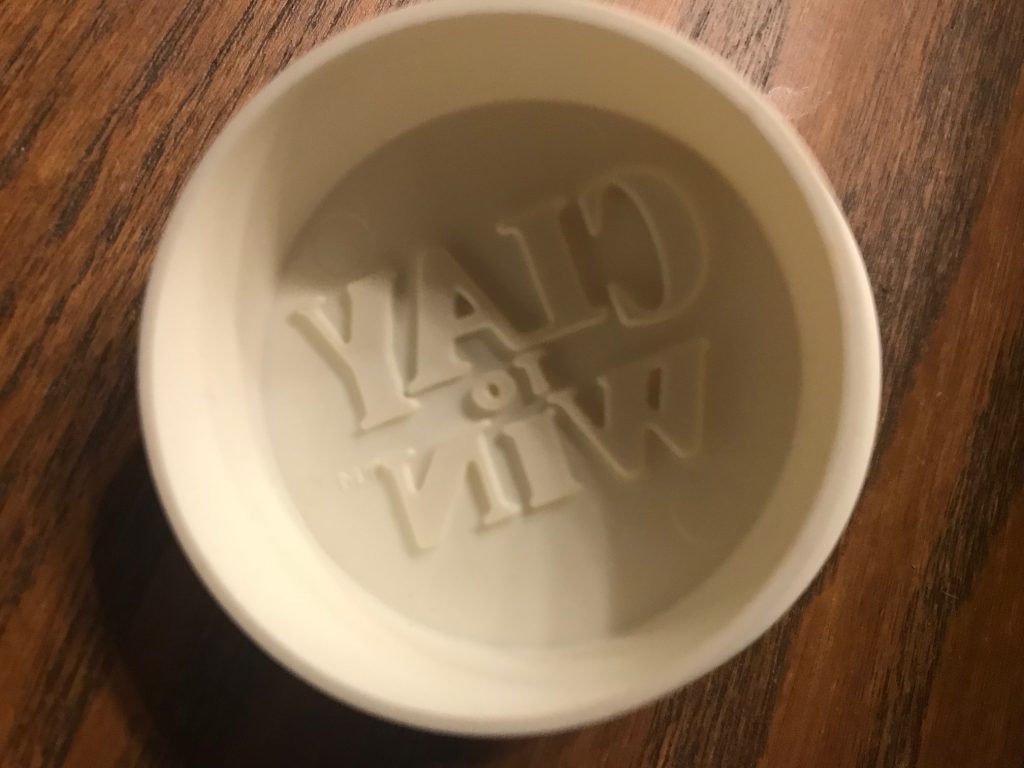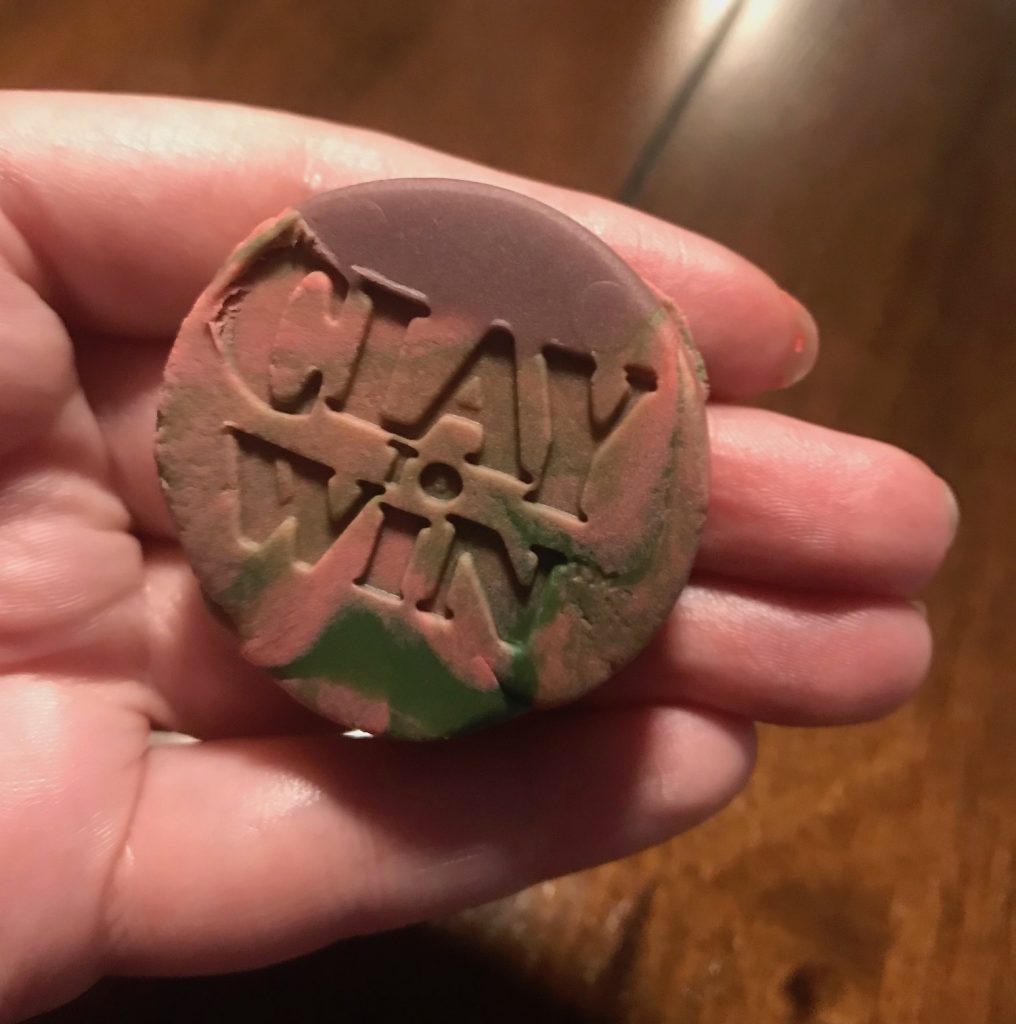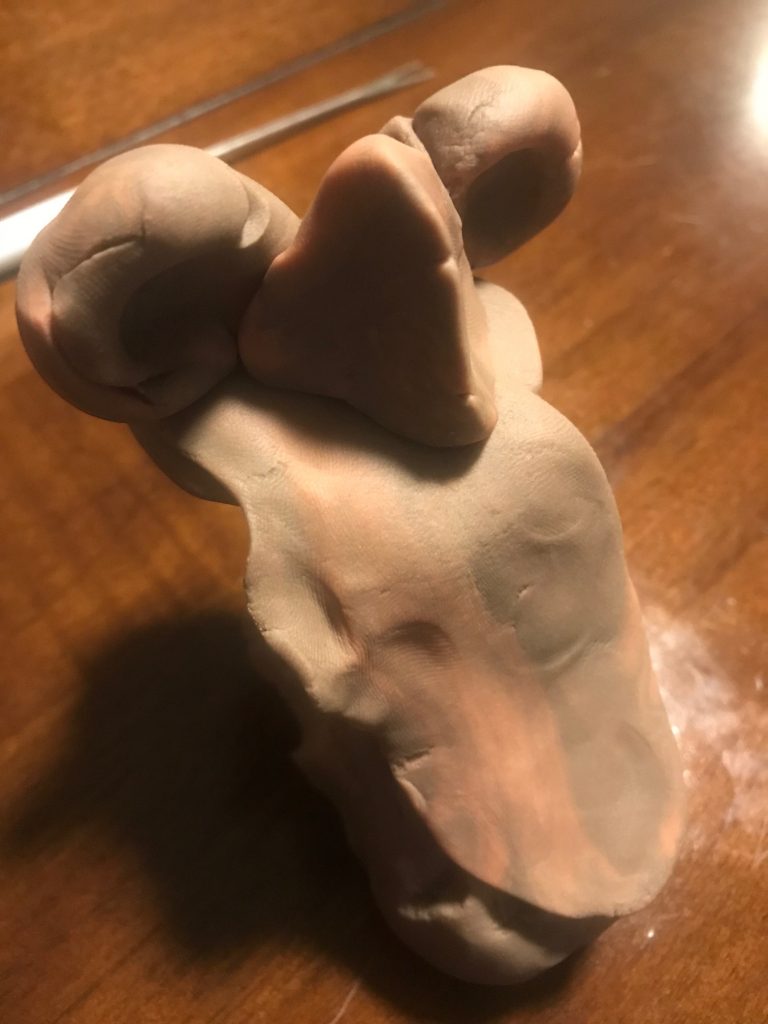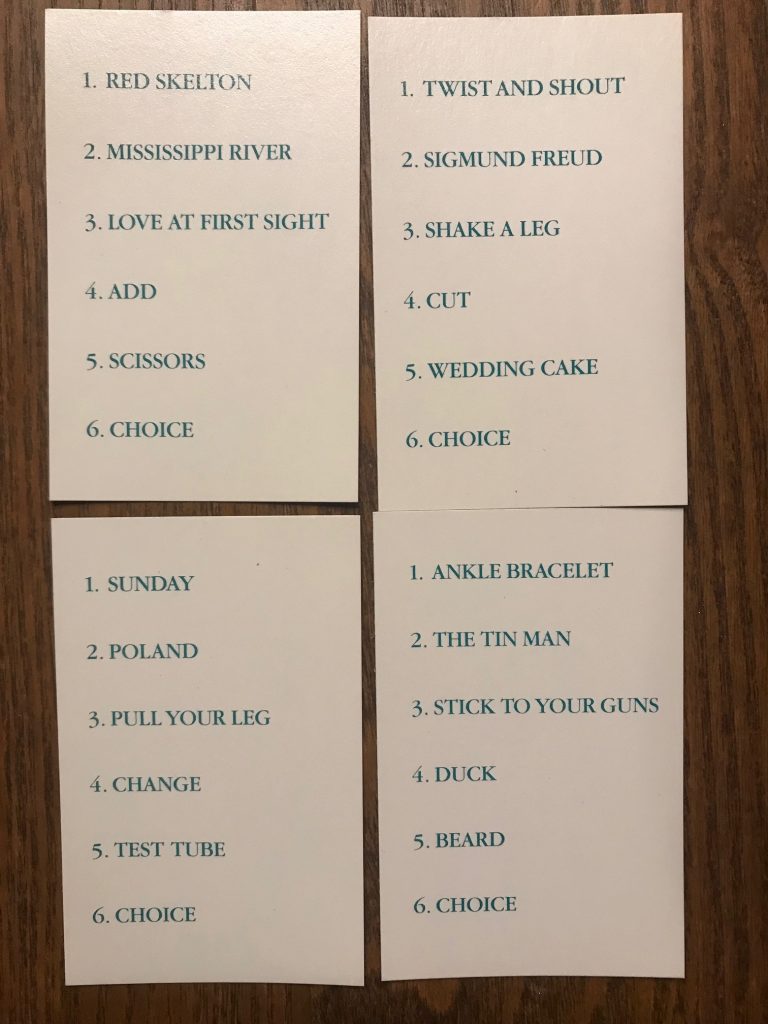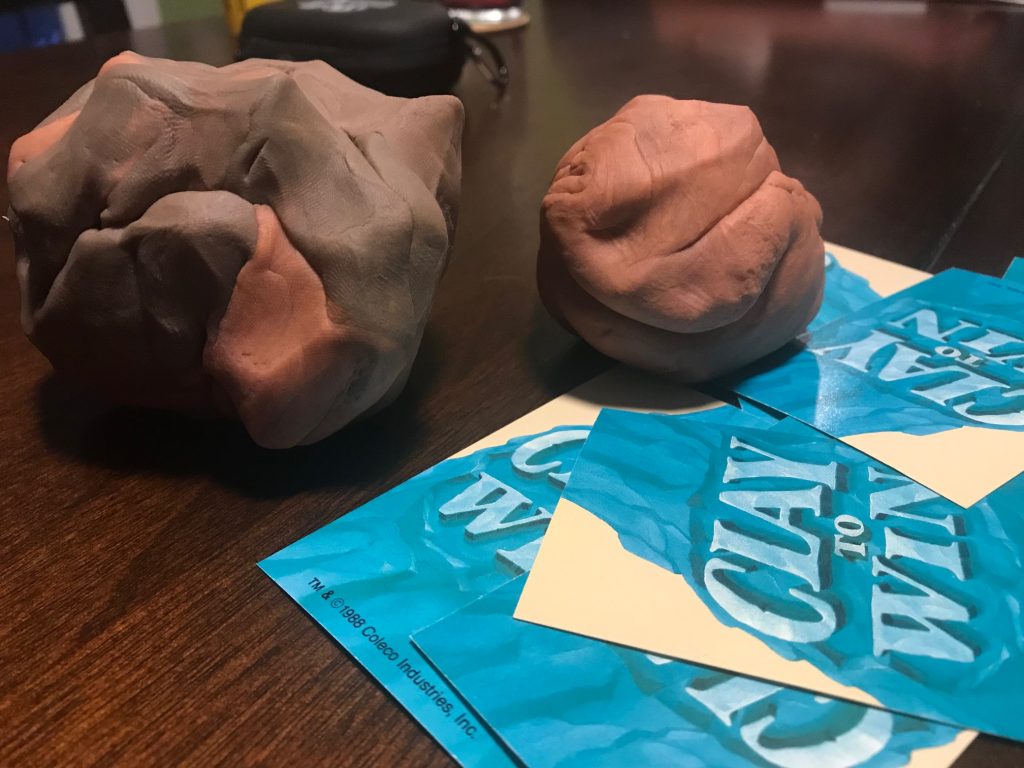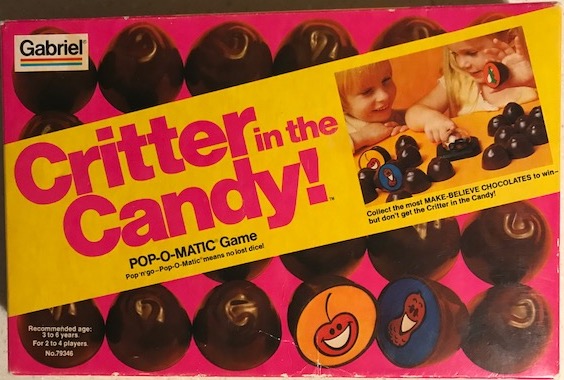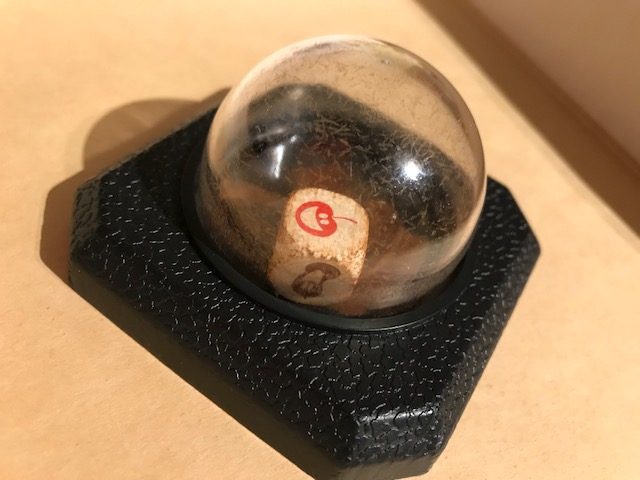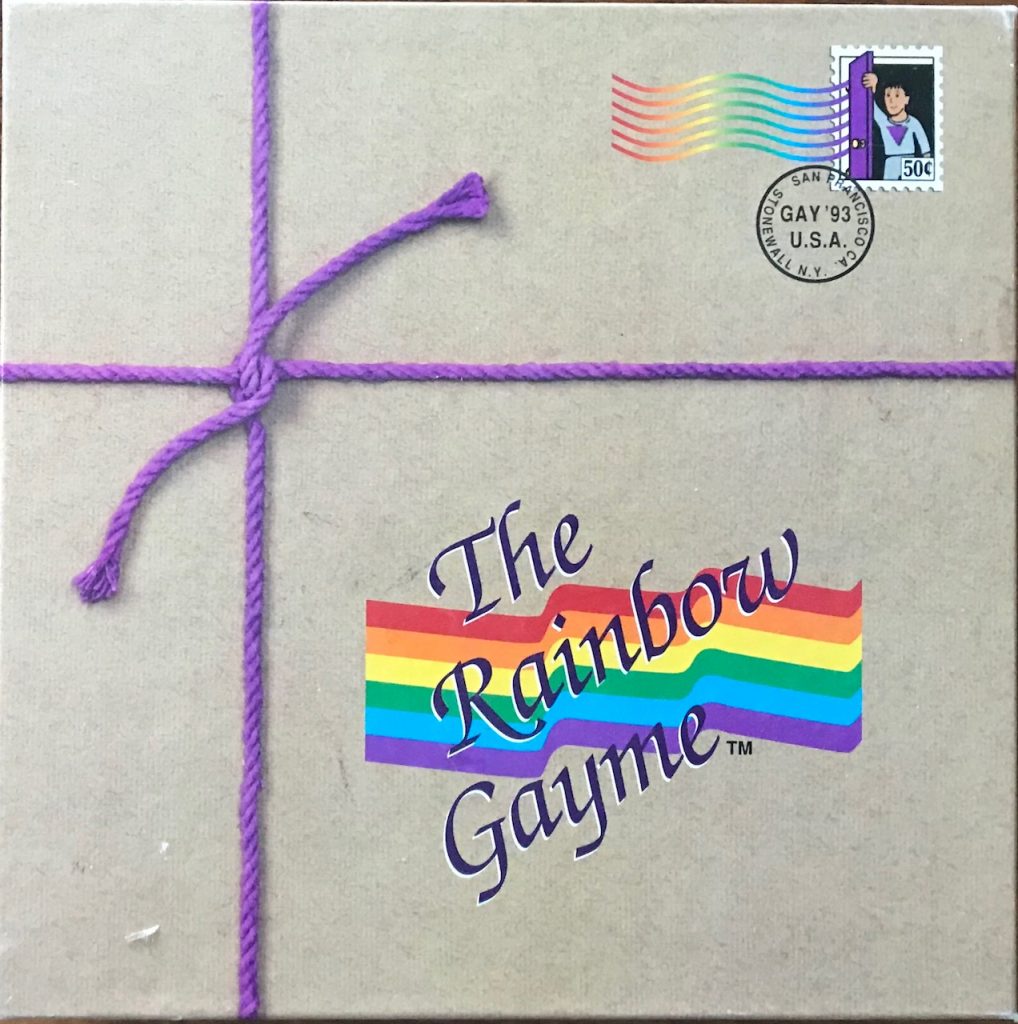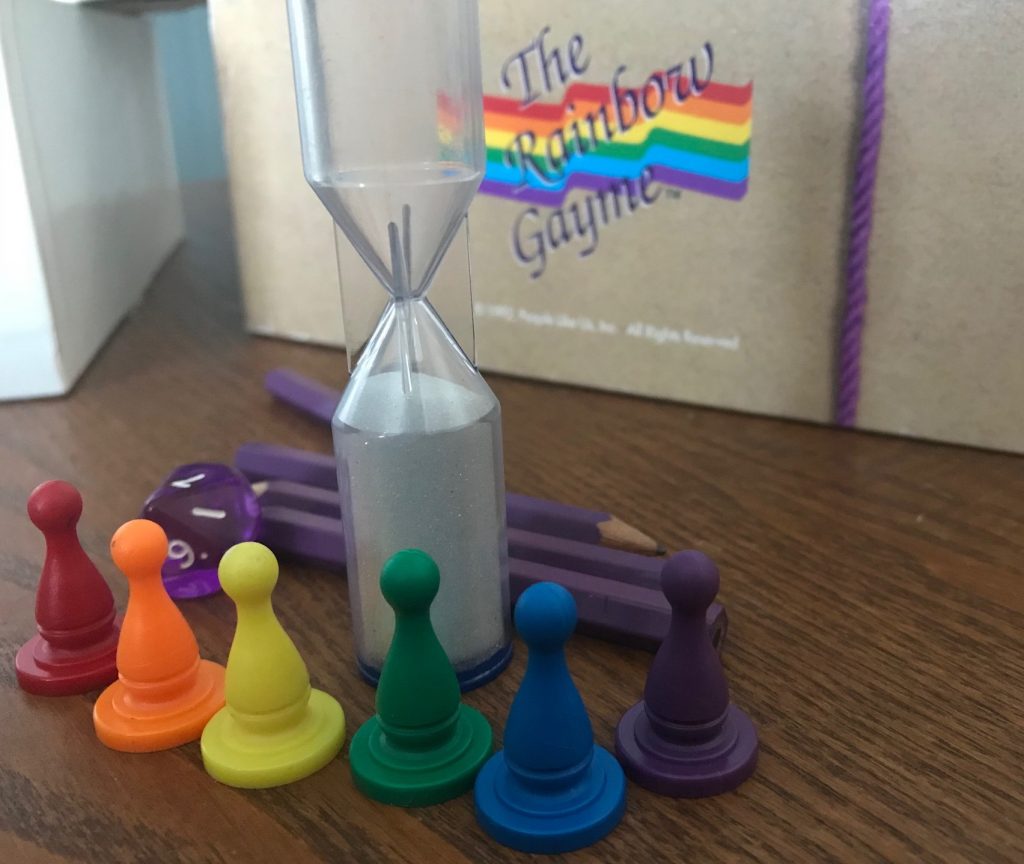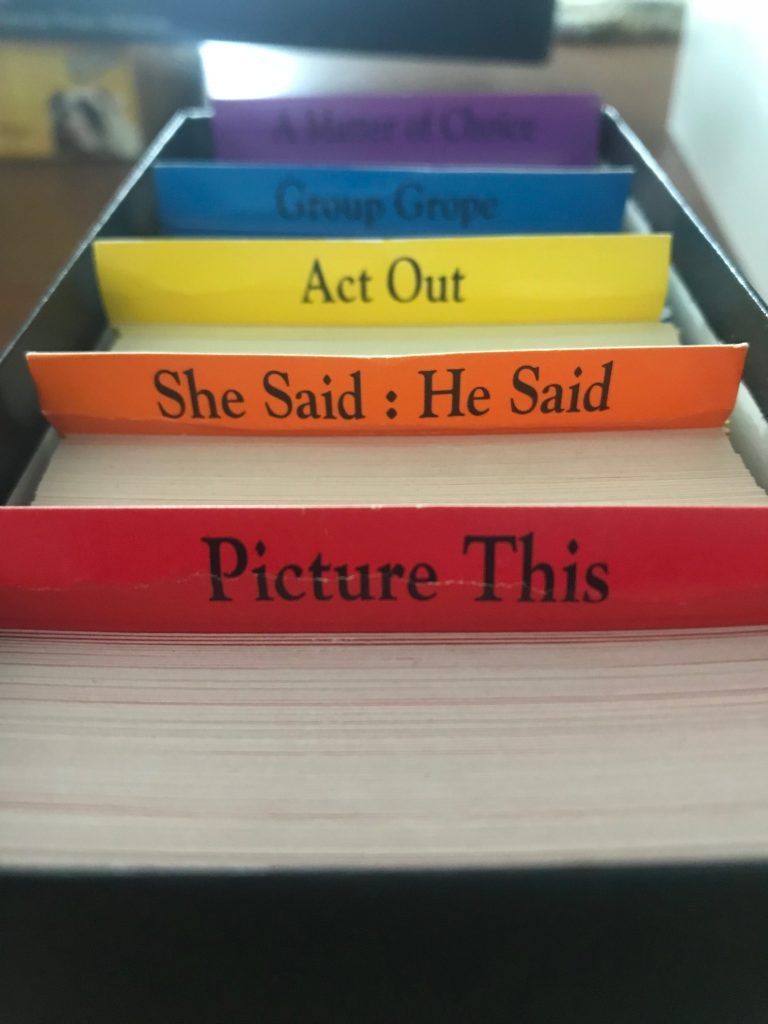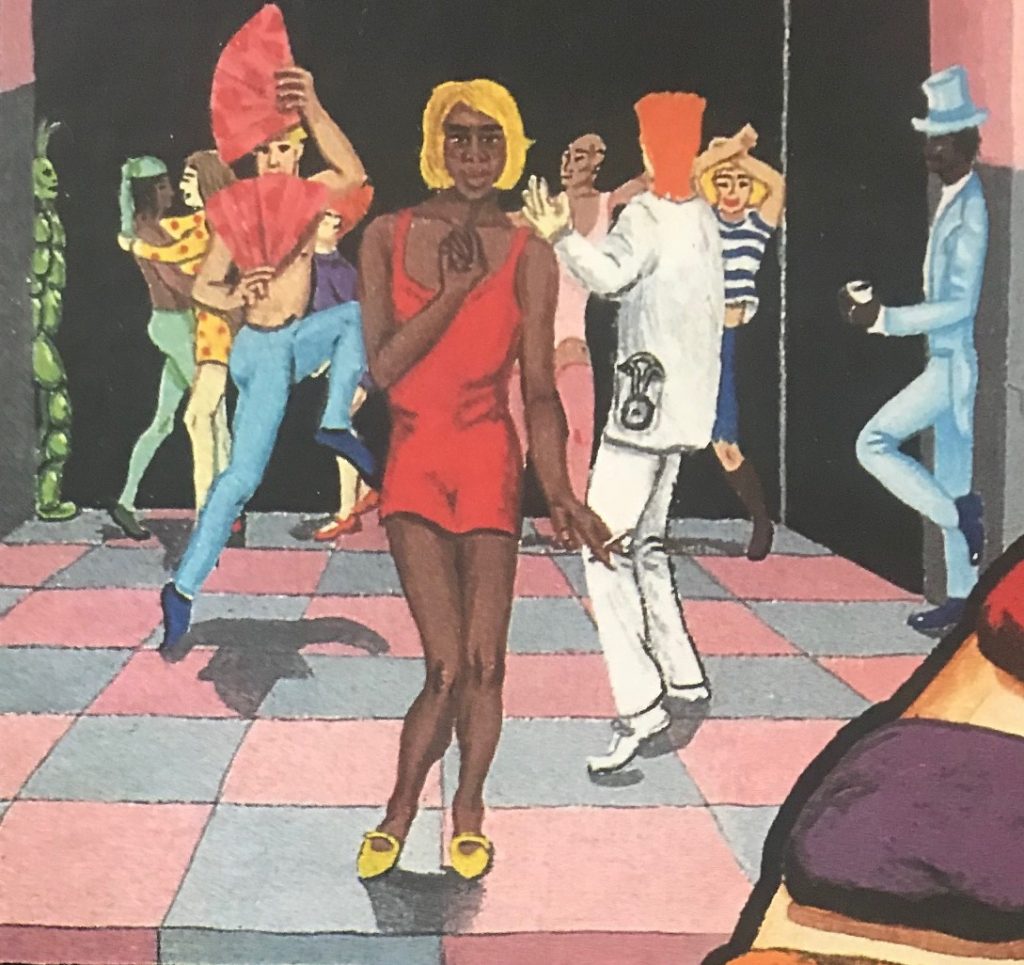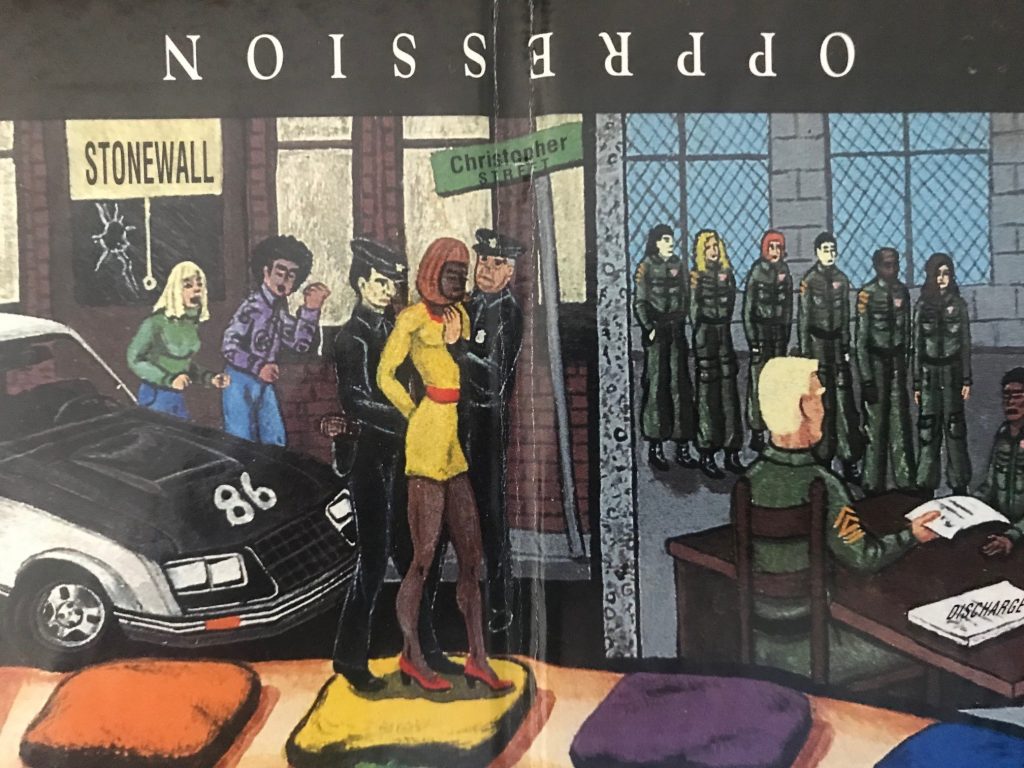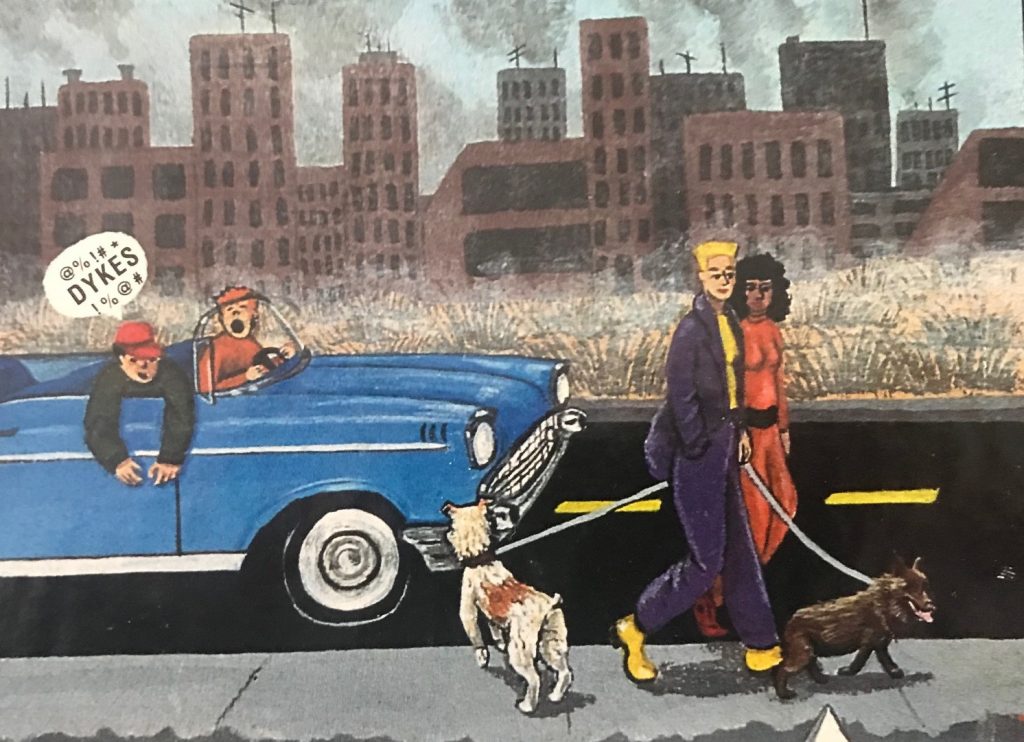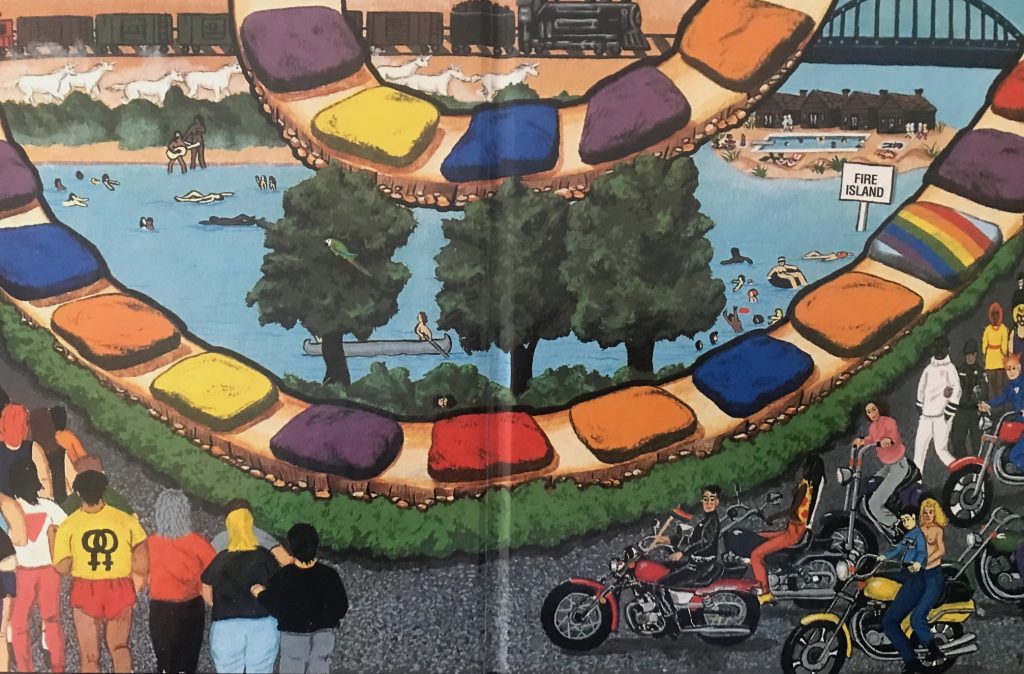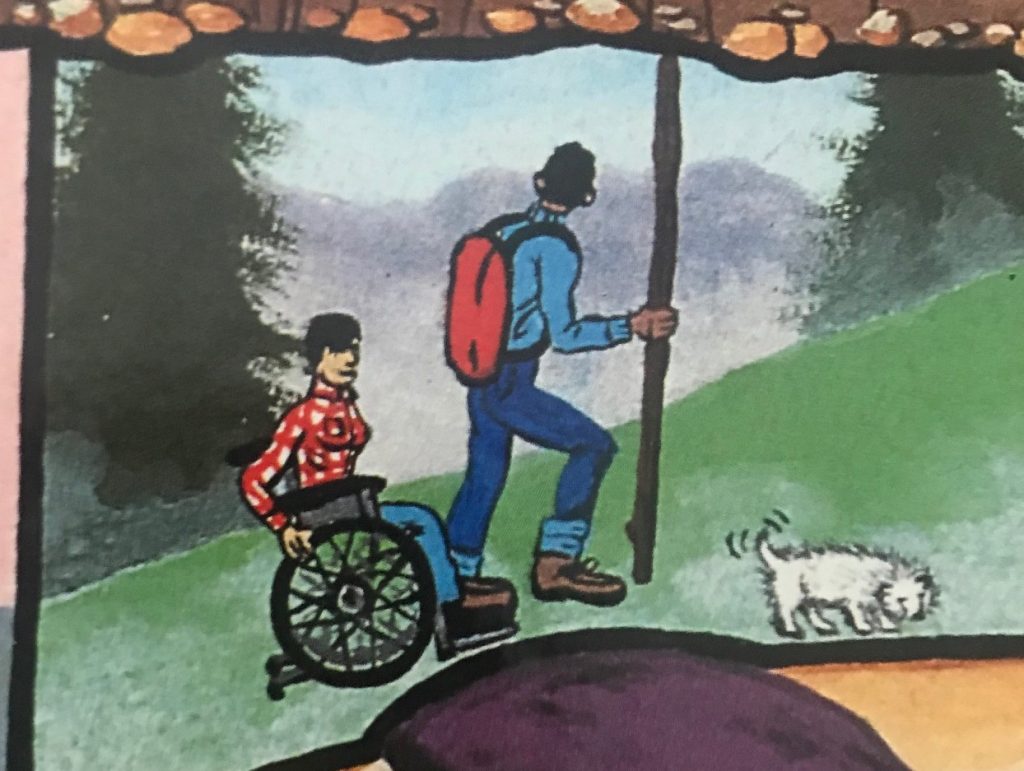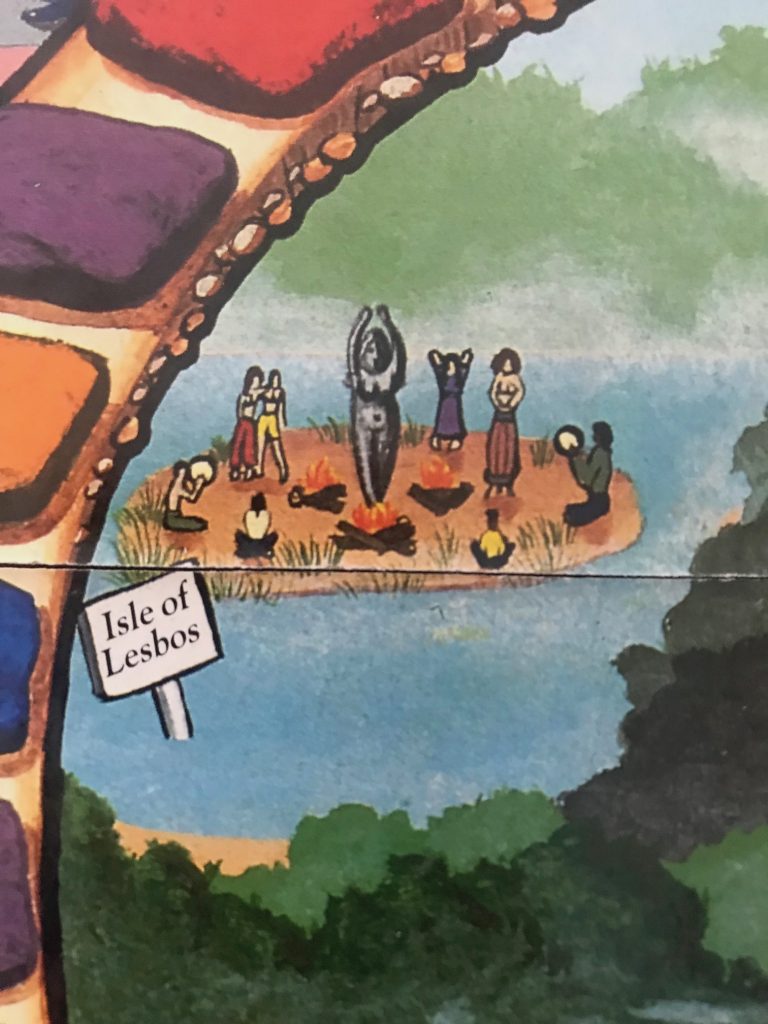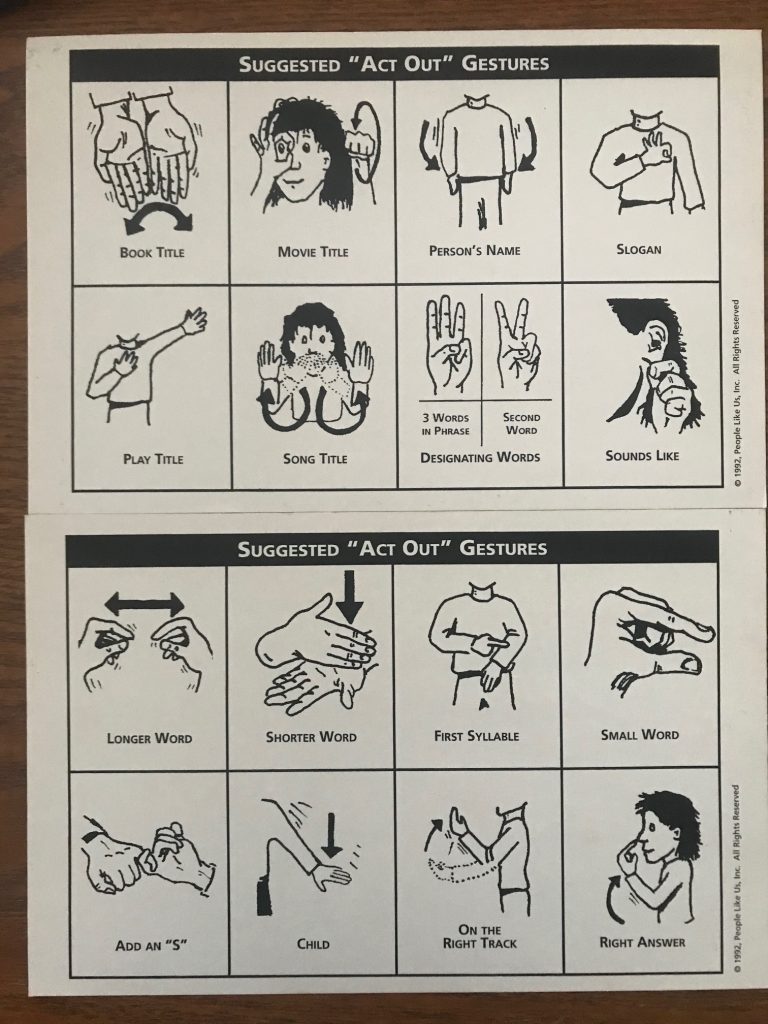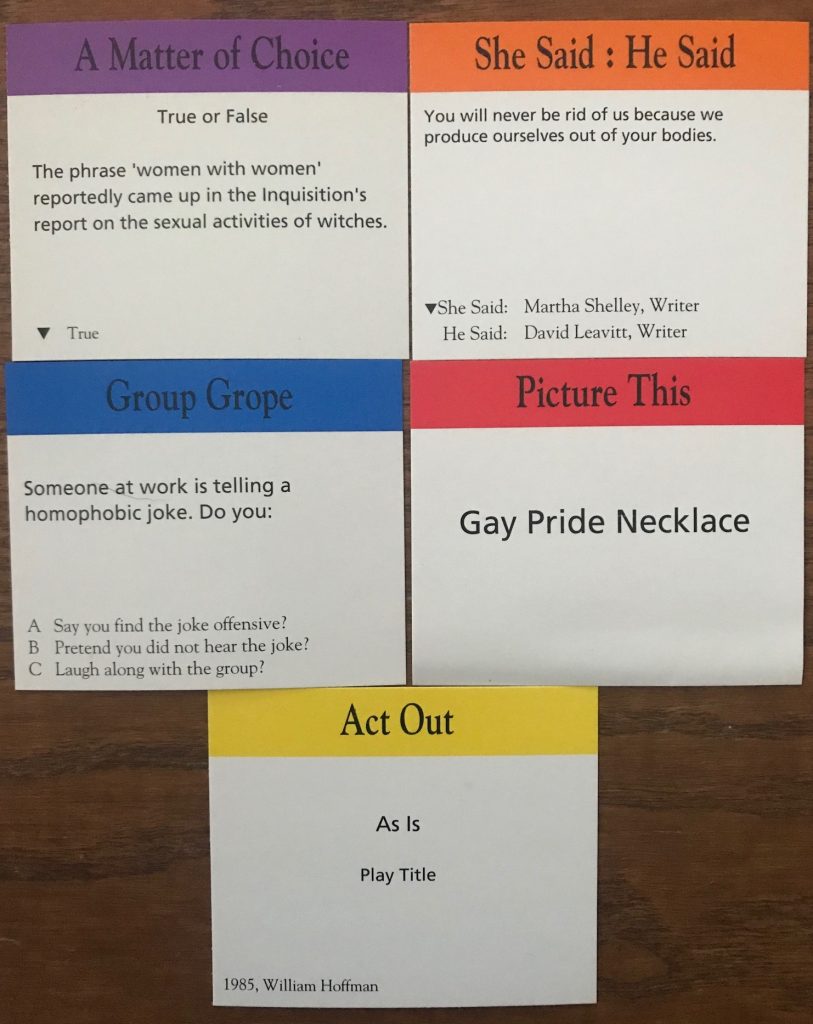Review: Heart♥throb
Publisher: Milton Bradley
Year: 1988
Tagline: The Dream Date Game
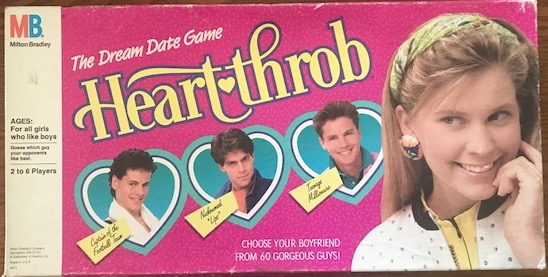
how we met
Unfortunately I am not one of the lucky ones that grew up playing Heart♥throb. I came to learn about Heart♥throb as an adult! I came to publish this review at this time to align with an interview with Heart♥throb “Chuck” over at Happimess Media, so hop on over and check that out. I came to own Heart♥throb after Bill bought it for me as an anniversary gift last year. He’s so dreamy!
how it plays
In Heart♥throb, players are trying to decide which boy they most admire as well as which boy is most admired by their friends. Start by placing 3 boys into the little pink trays for easy viewing. The game has three rounds.
Round 1: Would you like to dance? Technically in this round all three boys are asking you and your friends to the dance, but you write down the name of your favorite boy just based on their looks. Then you write down which of the boys you think is the favorite for each of your friends as well.
After all players have finished choosing their boy and a boy for each player, they take turns announcing which boy was their favorite. Indicate on your score pad where you get the answer right as each right answer is worth one point!

Round 2: Will you go on a date with me? In this round, you get a little more information by playing 2 PERSONALITY CARDs on each boy. This is done by one player playing a card from the yellow deck on each boy, face up, and a card from the green deck on each boy, face up. Read the cards aloud as they are placed. Then repeat the steps of choosing your favorite boy and who you think your friends chose. Did something change your mind?
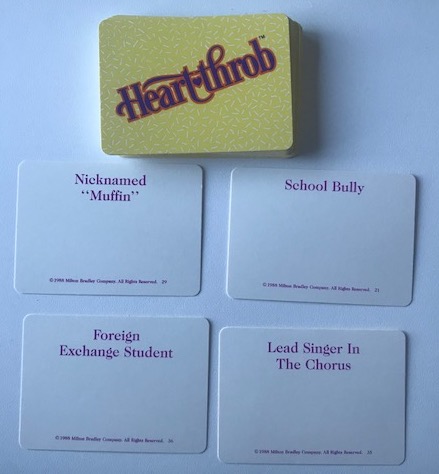
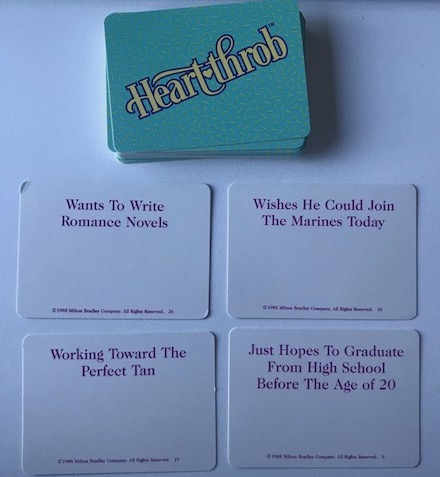
After all players have finished writing down their boy and their guesses, score the round again. Then move onto…
Round 3: Do you want to go steady? In this round, each boy gets 2 more PERSONALITY CARDs, from the peach and the purple decks. Which of the boys is your favorite now? Which do you think your friends are eyeing up?

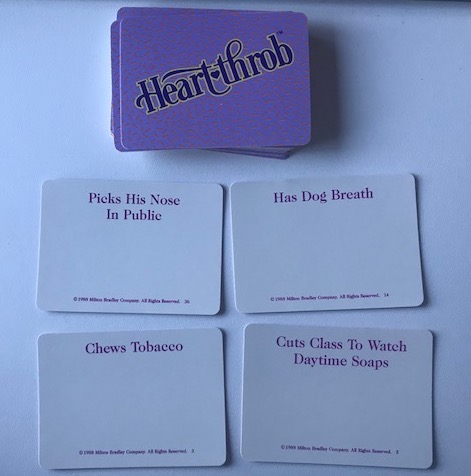
After all players have finished then announce your chosen boys and score the round one last time.
Add up your score for each round. The player with the most points wins!
how it went
At any given time, I have about 20-30 games that I have played but not yet reviewed or published, and Heart♥throb is one of these games. I have played it several times with several different groups over the past year and a half. And it’s funny how no one balks at the game. It is simple to pick up, does not take long to play and is a wonderful snapshot in time. And frequently multiple rounds get played.
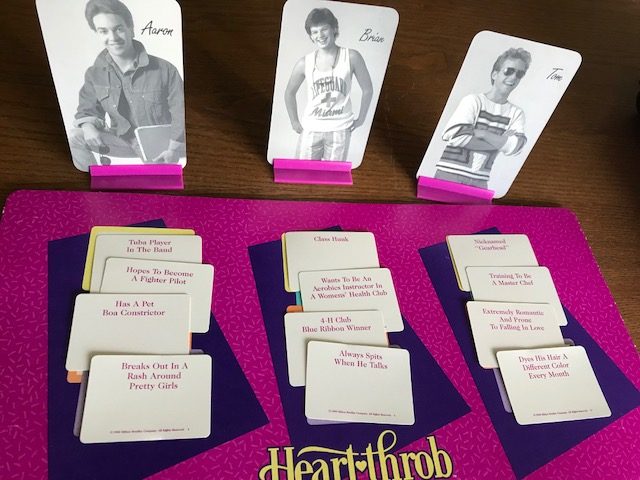
You will see in the BGG comments that Heart♥throb developed some attention and fandom from the podcast Flip the Table (check out the Podcast if you have not already). I would even characterize Heart♥throb as one of their mascots, along with The McDonalds Game. And while that might seem really silly, Heart♥throb is bewitching in its simplicity. And worthy of this attention. Let me tell you why.
Choosing the boys that you prefer is a simple deception; the game is really about knowing your fellow players. If Trevor left eggs in his trunk for 12 hours, I know very well that Keri is going to reject him.
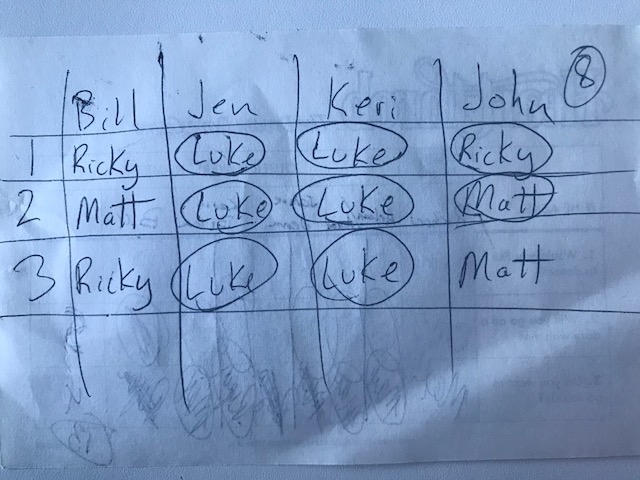
But is Keri playing to her heart? I would hope so but another way to play is to just randomize your preferred boy each turn and randomize points earned through you by other players. I think there is a method to Bill’s madness, but this is closer to his play style.
Heart♥throb revealed itself to the universe as a 1988 game with boys and their come-hither looks, and with their personality traits revealed slowly as we approach the climax of the game. This is a formula, and this formula can be applied beyond 1988 boys. My clever friend Melissa created both a Heart♥throb: The Next Generation (Star Trek Heart-throb) and a Victorian Heart♥throb, which were amazing. Flip Florey from Flip the Table is revered for sharing BarkThrob across the world, a version focused on dogs and created by fan of the podcast Brian Gelfond.
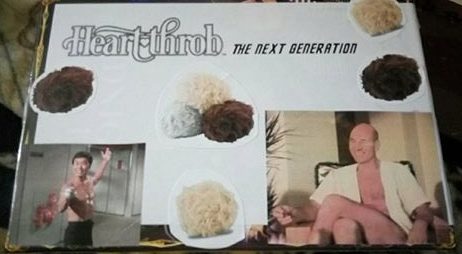
Imagine that the Flip the Table podcast is Christian Slater in Pump Up the Volume, and they are getting busted for having a Heart♥throb radio show. And at the end of the movie, as Samantha Mathis is driving the crew around the high school lawn, they urge you to take this thing that they made a big deal and run with it. Take charge of it! Steal the air! Keep it alive! A lot of people have done this, and it not only works but has been amazing. My props go to the creators of these versions, but with an acknowledgement that Heart♥throb made it possible, and Flip the Table was the catalyst for a revival of the game in recent years.
And even for me personally.. I met some really great people through having this blog. I met my friend Courtney, and through her I met additional loving, supportive and funny people. I met Stef when our paths crossed over Girl Talk: Secret Diary. The kind of thing that could have happened and passed, so easily. But I then started reading her Happimess Media blog, following her on Instagram, syncing up Heart♥throb blog entries.
It sounds really random, right? And it kind of is. But I also think if you took me, Courtney, her entire game group, Stef, Flip the Table and laid all of us out on a cork board with pins and string and everything, Heart♥throb would be right there in the middle. Shy but confident. Unassuming but drawing all of us together.
FUN FACT: Did you know that Chris Evans was a model in 2000’s Electronic Mystery Date Board Game? You know, Cap? The good guy, fish out of water, had Georges♥St-Pierre in one of his movies?
Now, no Heart♥throb review would be complete (or forgivable really) without a closer look at some of these boys. So without further ado….
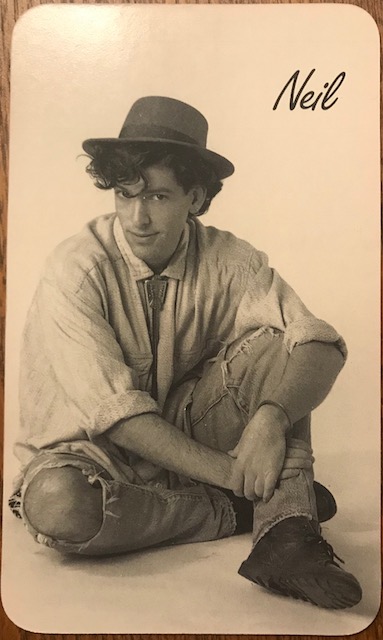
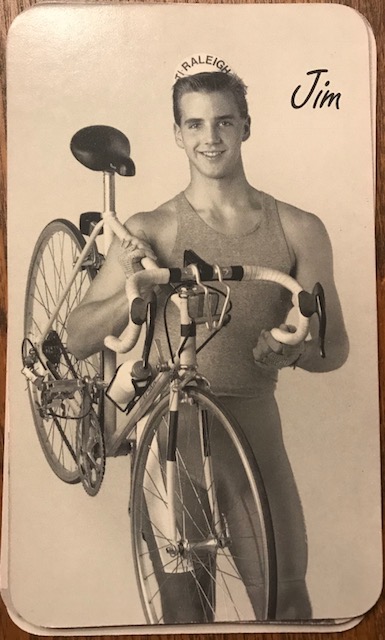

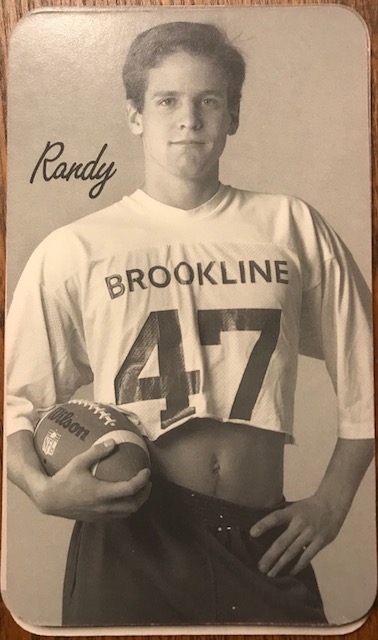
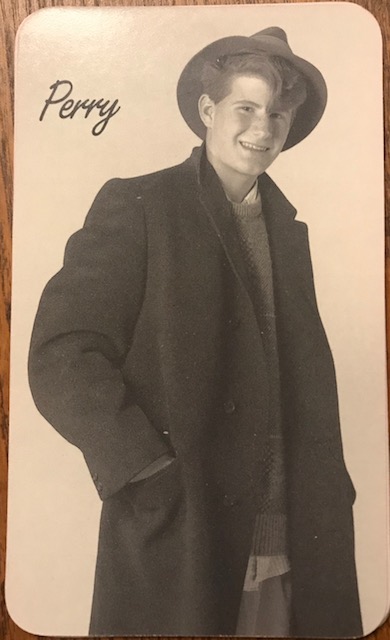
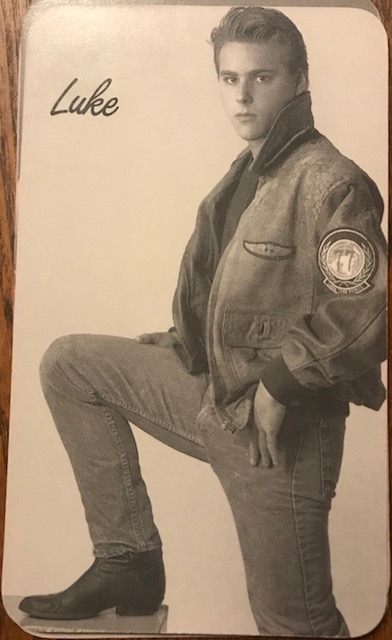
play or pass
Play. Play with anyone you know for nice, clean fun. Girl games get a lot of play in this house; there is something charming about their ham-handed attempts at gaming. If you could boil a girl game down to its essentials, I think Heart♥throb would emerge as perhaps the purest girl game matter. There is something simple and addictive about the concept and its execution.
